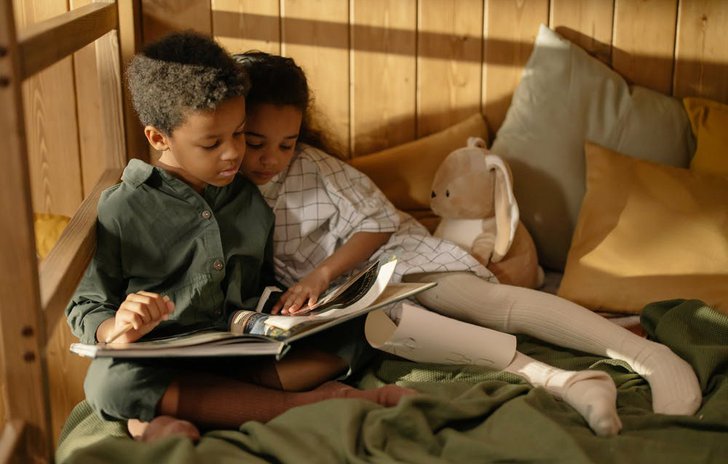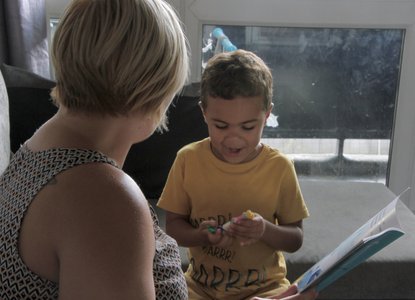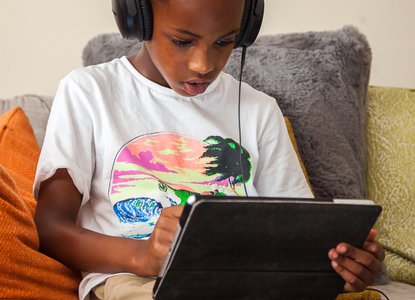Why is reading non-fiction so important?
Providing children with the opportunity to read and explore high-quality non-fiction texts plays a vital role in helping them to learn about the world around them. It encourages reading for pleasure and sparks curiosity and in turn, conversation. For example, non-fiction can be a way to inform others about our big topics around climate change, conservation or our planet in general and how to look after it. Providing your child with a wide range of topics and exciting non-fiction texts is key to meeting their varied interests. They can also help to inspire new ones and help them develop new interests and knowledge about the world around them.
Giving your child the opportunity to read a range of high-quality books and texts lays the foundation for them to become skilled and enthusiastic readers. Make sure you include non-fiction materials too! Non-fiction books can enhance your child's language development and their knowledge of the world around them.

Nine reasons to introduce your child to high quality and engaging non-fiction books:
- Non-fiction books can open up children’s worlds by introducing them to new places, creatures, people, ideas, experiences and concepts.
- They enable children to learn details and facts about subjects that interest them, supporting children to become experts on the things they love.
- Non-fiction texts can expand children’s vocabularies. They often contain language that is less commonly used in speech or fiction.
- Through non-fiction books children are introduced to a different style of text which will support their writing skills when they are older.
- Drawing and writing ‘for a purpose’ motivates children to engage in mark-making and supports their understanding of the purpose of writing.
- Using non-fiction books to retrieve information, following instructions, or reading street signs teaches children about reading ‘for a purpose’. Creating these opportunities for learning will support children’s understanding of reading and enhance their desire to read.
- Non-fiction texts often convey information in bite-size pieces, through photographs and labels. This can make them appealing and more accessible to pre-readers.
- Real and hands-on experiences let us teach children about the world around them. The images and videos found within and alongside non-fiction texts are often the closest we can get to real experiences.
- Not every child will develop a love of reading fiction. Non-fiction books and texts will be more effective in supporting some children to engage with reading. Why not visit the library to show your child a wide selection of books so you can discover together which kinds of reading they like most?




